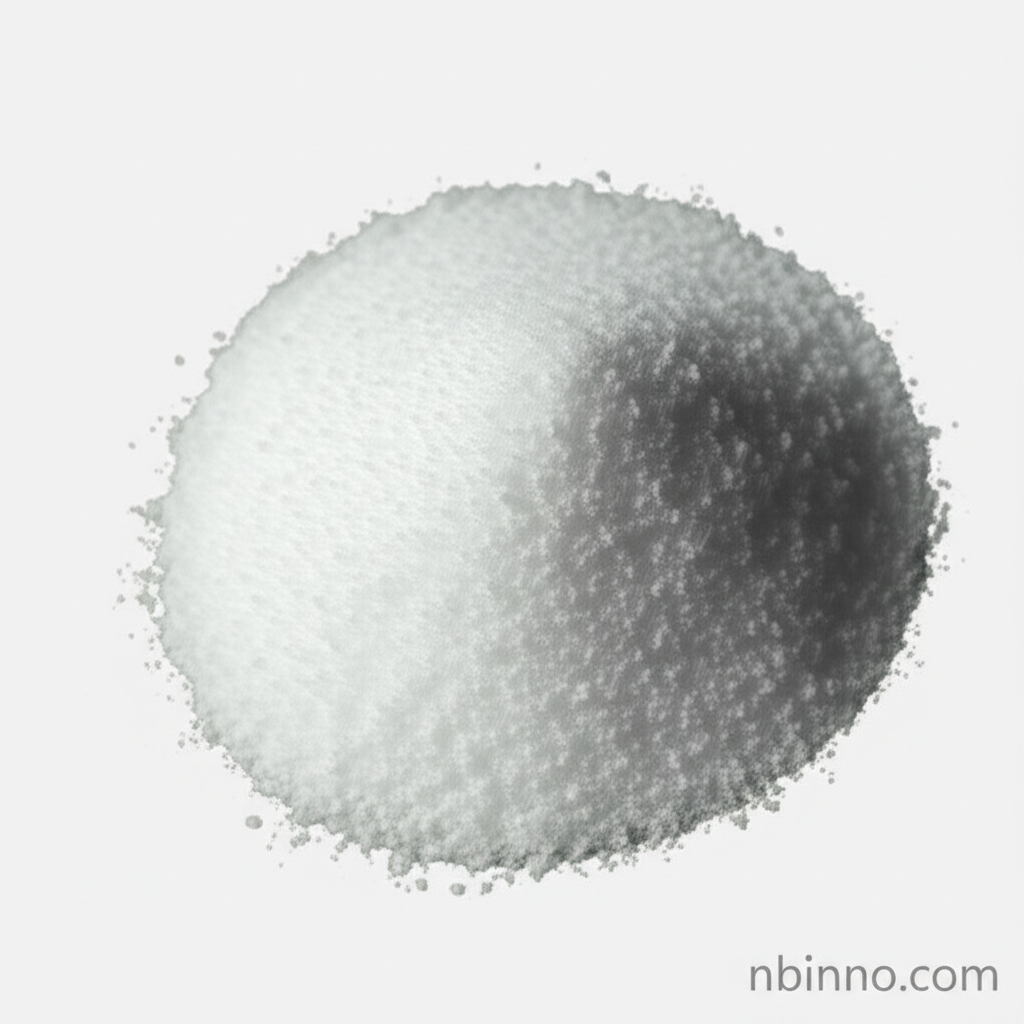Dihydrostreptomycin Sulfate (2:3): A Comprehensive Overview of its Properties, Applications, and Market
Discover the antibacterial power and industrial relevance of Dihydrostreptomycin Sulfate (2:3).
Get a Quote & SampleProduct Core Value

Dihydrostreptomycin Sulfate
This chemical compound, Dihydrostreptomycin Sulfate (2:3) with CAS No. 5490-27-7, is a derivative of streptomycin. It is recognized for its potent antibacterial properties and its mechanism of action involves interfering with bacterial protein synthesis by binding to the 30S ribosomal subunit. Beyond its pharmaceutical applications, it is also categorized within electronic chemicals, specifically as a component in photoresist applications.
- Leverage the antibacterial properties of Dihydrostreptomycin Sulfate (2:3) for your research needs. Understanding the dihydrostreptomycin sulfate antibacterial mechanism is key to its effective application.
- Explore the utility of dihydrostreptomycin sulfate in livestock health for preventing and treating bacterial infections, contributing to animal welfare and agricultural productivity.
- Investigate its role within electronic chemicals, particularly in the realm of photoresist chemicals dihydrostreptomycin sulfate, for advanced manufacturing processes.
- Understand the historical context of dihydrostreptomycin sulfate ototoxicity, which led to its discontinuation in human medicine, highlighting the importance of safety profiles in chemical development.
Advantages Offered by the Product
Antibacterial Efficacy
The established dihydrostreptomycin sulfate antibiotic properties make it a valuable compound for studying bacterial resistance and developing new treatment strategies. Its mechanism targets bacterial protein synthesis directly.
Industrial Application Potential
As a compound falling under electronic chemicals dihydrostreptomycin sulfate, it presents opportunities for innovation in materials science and manufacturing, particularly within the electronics sector and photoresist chemicals dihydrostreptomycin sulfate.
Agricultural Value
The documented use of dihydrostreptomycin sulfate for livestock underscores its utility in animal husbandry, aiding in the control of bacterial diseases and promoting healthier animal populations.
Key Applications
Veterinary Medicine
As a critical component in dihydrostreptomycin sulfate for livestock, it aids in managing and treating bacterial infections, ensuring animal health and productivity.
Biomedical Research
The study of dihydrostreptomycin sulfate antibacterial mechanism contributes to a deeper understanding of antibiotic action and bacterial resistance, vital for pharmaceutical research.
Electronics Manufacturing
Its classification as photoresist chemicals dihydrostreptomycin sulfate suggests potential applications in the intricate processes of semiconductor and microelectronics fabrication.
Chemical Synthesis Studies
Researchers can utilize dihydrostreptomycin sulfate CAS 5490-27-7 as a reference compound or intermediate in synthesizing novel chemical entities with specific properties.
